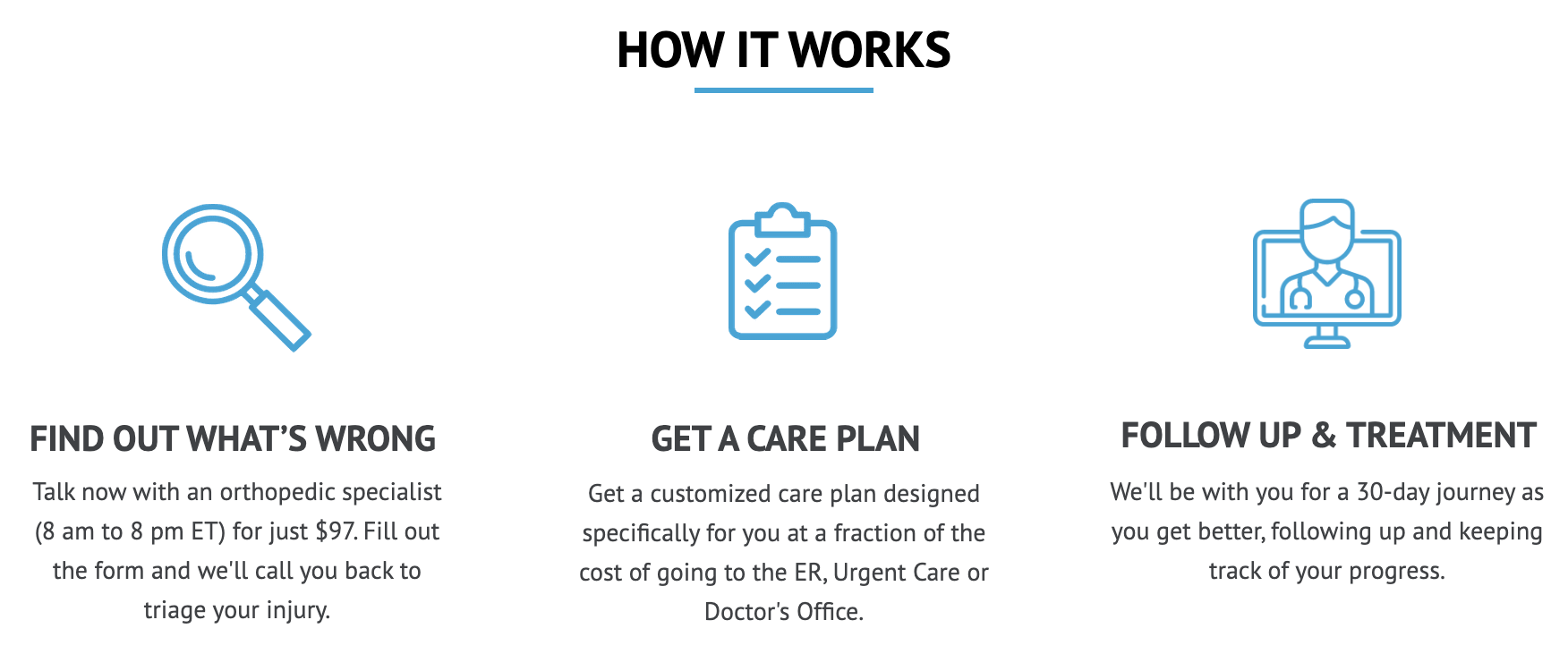Sprain Guide: Treatment, Symptoms, Prevention & Recovery Time
At Upswing Health, our orthopedic specialists are committed to providing expert care and guidance when it comes to sprains. In this comprehensive guide, we’ll delve into the world of sprains, from understanding what they are to how you can effectively treat them, prevent future occurrences, and ensure a swift and successful recovery.
What is a Sprain?
Sprains are a common occurrence, especially in the realm of sports and physical activity. They are essentially ligament injuries resulting from the stretching or tearing of ligaments. Ligaments are the tough, leather band-like tissues connecting bones to each other and are essential for joint stability.
Causes of Sprains
Sprains can happen to anyone, and their causes vary widely. Some common factors contributing to sprains include:
- Sudden Movements: Abrupt twisting, turning, or pivoting motions can strain ligaments.
- Falls and Accidents: A slip, trip, or fall can lead to ligament injuries.
- Overuse: Repetitive strain on a particular joint, often seen in athletes, can result in sprains.
- Sports-Related Injuries: Sporting activities with frequent changes in direction or intense impact can increase the risk of sprains.
Recognizing Sprain Symptoms
Identifying sprain symptoms is crucial for early intervention. Common indicators include pain, swelling, limited joint mobility, and bruising. It’s important to note that symptoms can vary based on the location and severity of the sprain.
Common Types of Sprains
- Midfoot Sprain
- Finger Sprain
- Sprained Thumb
- Wrist Sprain
- Syndesmotic Ankle Sprain
- Lateral Ankle Sprain
- Ankle Sprain Medial
- Sacroiliac Joint Sprain
Treating Sprains
The initial response to a sprain often involves the RICE method: Rest, Ice, Compression, and Elevation. This helps manage pain and swelling. In more severe cases, medical consultation may be necessary, and treatments may include pain medications, physical therapy, and immobilization techniques.
Get Treatment Now!Preventing Sprains
Prevention is key to avoiding sprains. Essential measures include proper warm-up routines, stretching exercises, wearing supportive footwear, and making safe choices during physical activities.
Understanding Grades of Sprains
Sprains come in different grades based on the extent of ligament damage:
Mild: Minimal ligament stretching with no tears.
Moderate: Partial ligament tear, leading to more pain and swelling.
Severe: Complete ligament tear, causing severe pain and joint instability.
Rehabilitation and Recovery Process
Recovering from a sprain involves a rehabilitation process. This includes remedial exercises, stretching, and a structured timeline for a gradual recovery.
Strengthening exercises are crucial during this phase, helping joints and ligaments regain stability.
Sprain Guide Recap
- Early recognition and proper treatment are key.
- Seek professional guidance for severe sprains.
- Stay proactive in preventing and managing sprains.
- Experience improved recovery time with Upswing programs.
At Upswing Health, we’re dedicated to providing you with the knowledge and support you need to understand, treat, and recover from sprains.
Together, we’ll ensure a healthier, more active you.

Rebound from a sprain and get back to doing what you love quicker, with Upswing Health!
Get Treatment Now!
Read: Upswing Health’s MSK Pain Guide | Guide to Sports Injuries | Downloadable MSK Resources
Where do you hurt? Back Pain | Elbow Pain | Foot & Ankle Pain | Hand & Wrist Pain | Knee & Lower Leg Pain | Neck Pain | Pelvis, Hip & Thigh Pain | Shoulder Pain

